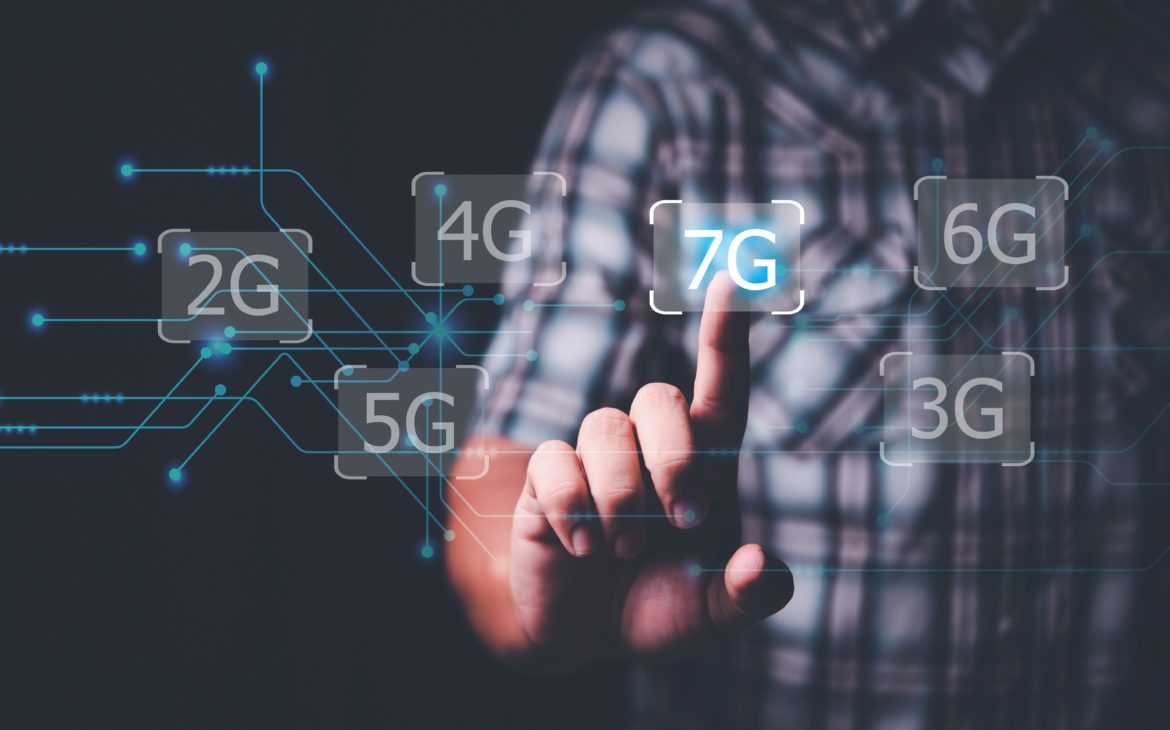Although 7G is still far from practical implementation, researchers are already exploring what this technology could mean for the future of communication. While 6G aims to deliver speeds measured in terabits per second and almost zero latency, 7G could push things even further, toward a fully interconnected world where the boundary between physical and virtual reality almost disappears. Imagine a system where every device, vehicle, or building is connected in real time, instantly responding to changes in the environment and user needs.
According to early projections, 7G may incorporate advanced quantum communication technologies, holographic data transmission and energy-efficient networks powered by renewable energy sources. The goal is to create a system that is not only faster but also smarter, capable of autonomously managing resources, learning from user behavior and adapting to demands in real time.
Yet, as with every major technological revolution, 7G comes with its share of challenges. For starters, the global rollout of 6G infrastructure is still years away, and developing 7G will require entirely new standards, frequency spectrums and international cooperation. There’s also the issue of sustainability: how can we build networks that meet the ever-growing demand for faster and smarter connectivity without putting further strain on the environment?
Despite these challenges, 7G already serves as a guiding vision, a glimpse into where technological innovation could take us in the next two decades. If 5G and 6G have laid the foundations for a world of high-speed data and intelligent devices, 7G could usher in an era where the digital becomes nearly inseparable from the physical. While 7G remains more of an idea than a reality, it reminds us that technological progress never stands still. What sounds futuristic today could become part of our daily lives tomorrow. We may not be ready for 7G just yet, but we’ve undoubtedly entered an era where the future of connectivity is evolving faster than ever before.
